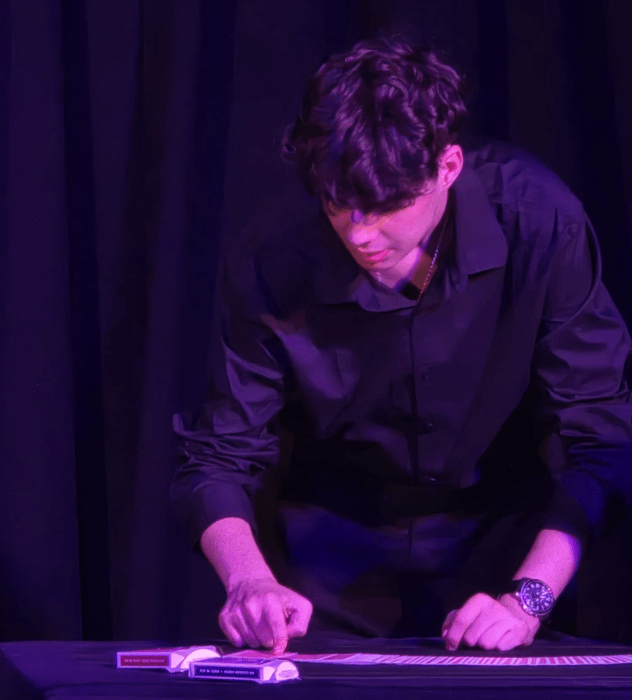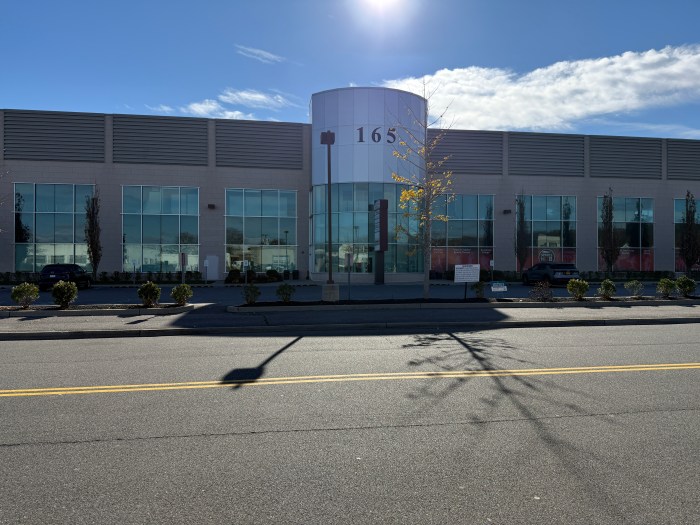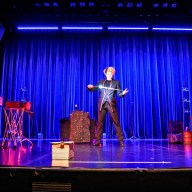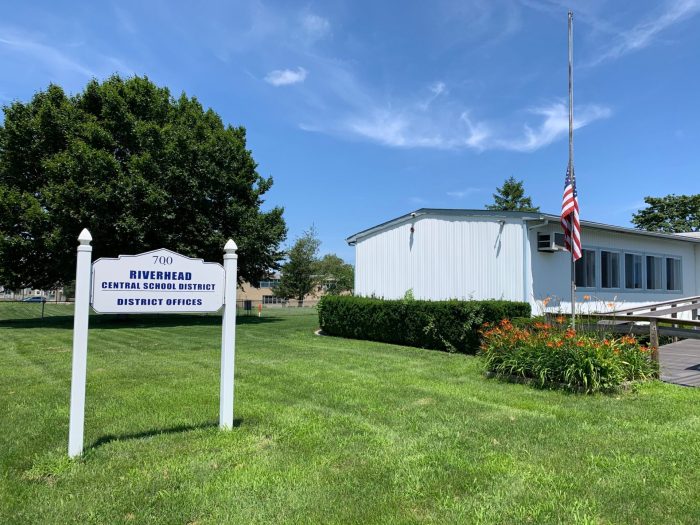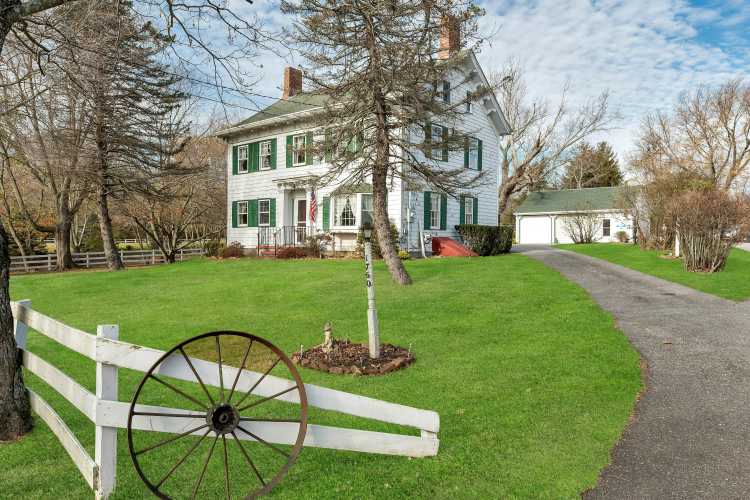Syosset district orders sampling at South Grove Elementary

Uneasy lies a school adjacent to a former Superfund site—or two.
Twice in the 1990s, in response to the capping of the old Syosset landfill next door, the Syosset School District Board of Education voted to close the South Grove Elementary School on Colony Lane. The first time for the entire 1992-93 school year, the second for part of 1993-94.
Both resolutions were rescinded, once on account of a delay in the capping, and the second because the federal Environmental Protection Agency (EPA), the Town of Oyster Bay and the New York State Department of Health, “have indicated, based on scientific conclusions, that the…school and Annex are safe for children and staff during the capping process.”
So read a May 24 letter from the district to South Grove parents/guardians announcing a series of environmental tests at the school. spurred by the prospect of the town approving the massive, mixed-use Syosset Park project at the corner of Miller Place and Robbins Lane. Comprising 92.8 acres of both the old Cerro Wire (state Superfund) and landfill (where Oyster Bay erected its Department of Public Works and other facilities), it would include 625 housing units, retail, office space, two hotels and a theater.
“We ordered the tests in order to assure ourselves of the safety of our school,” said Superintendent Thomas Rogers at an Aug. 28 special meeting of the board of education.
The results of the testing were unveiled that evening. J. C. Broderick & Associates of Hauppauge won a bid to conduct the tests. Various areas in the building itself were tested to see if volatile organic compound (VOC) vapors—which are lighter than water—had seeped through the soil and into the buildings.
“Then we sampled the soil to see if contaminants were present,” principal Brendan Broderick said. “In the last phase, we collected samples of the groundwater. We put in monitoring wells that went down to the groundwater. It is important to note that here in Syosset you have the deepest levels of groundwater.”
Steve Muller, a licensed professional geologist and director of subsurface division for J.C. Broderick, said he has 30 years of experience dealing with Long Island soil and groundwater. He showed a slide of the instrumentation use to take air samples.
The samples were then brought to a lab and analyzed, and, said Muller, “The results determined that we not see any evidence of these volatile vapor intrusions occurring at the school. The detections that were found were all below New York State DEC guidance values, and that culminated in our conclusion that there were no hazardous conditions carried by the migration of any volatile organic compounds that may have traveled by groundwater and vaporized into the building.”
Next, the district asked Broderick to confirm that conclusion by checking the ground samples. The firm used its own equipment and drilled three soil borings located between the school building and the landfill property. It checked for contaminations at various levels, trying to identify if vapor intrusion or any other type of soil contamination could have migrated from the landfill to the school property.
“Our investigation determined that we found no contamination in the shallow sample and no contamination of VOCs in the deeper soil,” said Muller. “And led us to the conclusion that no further action to the soil was needed at this time.”
Three groundwater monitoring Wells were installed over the summer.
“In the first well, a grab sample was taken so that we can get preliminary results that we can discuss here tonight. The groundwater table is over 100 feet deep, which is significant,” Muller observed. “Second, a clay layer was identified 100 feet down which acts as a confining unit to prevent migration across it—of either water or VOCs.”
Again, no VOCs were detected, but semi-volatile compounds (SVOCs) were found above DEC standards.
Muller said the compounds are most commonly formed by the incomplete combustion of natural (forest fires) or man-made sources (coal, wood burning, automobile exhaust) and are ubiquitous in the environment.
Results will be announced at syossetschools.org/district/syosset_park_study.
Rogers stated, “I asked both environmental consultants if they consider the building to be safe. They absolutely consider the building to be safe. But just because the building is safe it doesn’t mean that the water is perfect.”
He referred to the SVOCs found in the groundwater and feels it’s prudent to report this to the DEC.
“The term (the consultants) kept using when we were talking about this is, ‘There is no exposure pathway.’ There is no way for these things to make their way to the surface unless we bring them up ourselves,” Rogers said.
Broderick said three wells made sense based on the area, and there was enough sampling to make it statistically significant.
A fact sheet posted on the district website noted that, “earlier this spring, the district conducted radon testing of the indoor spaces of both the South Grove main building and the Annex. No radon levels exceeding the NYS standard were detected. The district will again test for radon during the 2018-19 school year.”





